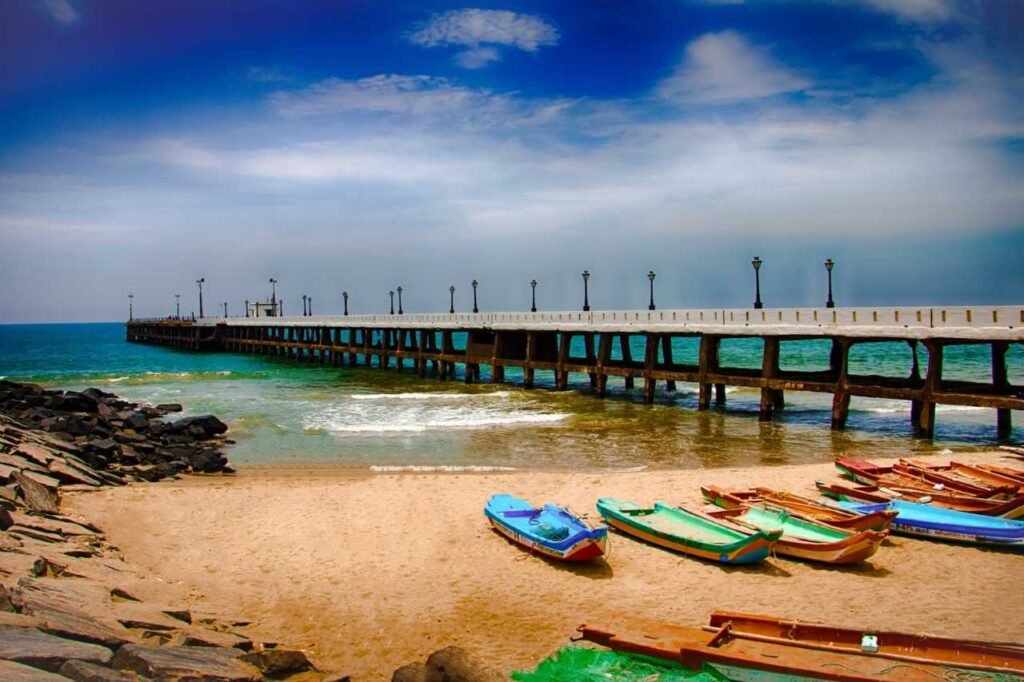Pondicherry Pincodes
Enter the Pincode or Location Below in the Box
Pincodes of Pondicherry

Here is a list of Pondicherry Pincodes
About Pondicherry
Pondicherry, now Puducherry, is the vibrant capital of India’s Union Territory, nestled in the Puducherry district on the southeastern coast. Embraced by the Bay of Bengal to the east and culturally intertwined with Tamil Nadu, it resonates with shared heritage and language. This coastal city brims with a rich cultural amalgamation, blending French and Indian influences seamlessly. Renowned for its serene beaches and colonial architecture, Pondicherry captivates with its tranquil charm. As Puducherry’s beating heart, it beckons travelers to explore its diverse landscapes, a fusion of history and modernity that echoes through its vibrant streets and distinct neighborhoods.
History
Puducherry’s history spans pre-colonial and colonial eras. Pre-colonial times witnessed Pallavas’ rule (325-900), succeeded by the Chola dynasty (900-1279) and Pandya dynasty (1279-1370). The 14th century saw the Vijayanagara Empire’s Naikship of Gingee (1370-1614) ruling before it fell to the Sultan of Bijapur (1614-1638). This phase witnessed Portuguese and Danish merchants using it as a bustling trading hub. Colonial footprints marked a dynamic past, shaping Puducherry’s cultural mosaic. The city’s narrative embodies diverse influences, from ancient dynasties to global trade interactions, enriching its heritage and character as a testament to its vibrant history.
Demography
As per India’s 2011 census, Pondicherry housed 244,377 individuals, with 124,947 females and 119,430 males. Notably, it boasted an 80.6% literacy rate, with male literacy at 84.6% and female literacy at 76.7%. Approximately ten percent of the populace were below six years old. Tamil served as the predominant language. The region boasted a vibrant French community, hosting several French entities like the consulate, the French Institute of Pondicherry, and L’Alliance française, adding a distinct international flavor to Pondicherry’s cultural tapestry.
Geography
Pondicherry’s terrain mirrors coastal Tamil Nadu, resting at sea level with several inlets known as “backwaters.” Yet, coastal erosion plagues the area, stemming from a 1989 breakwater, altering the landscape. A once broad, sandy beach now boasts protection via a 2-km-long seawall, standing 8.5 meters above sea level. While a 1735 French government seawall existed, it served as a link between the beach and city rather than robust coastal defense. This transformation reshaped Pondicherry’s shoreline, emphasizing a shift from natural coastlines to man-made fortifications safeguarding against relentless coastal forces.
